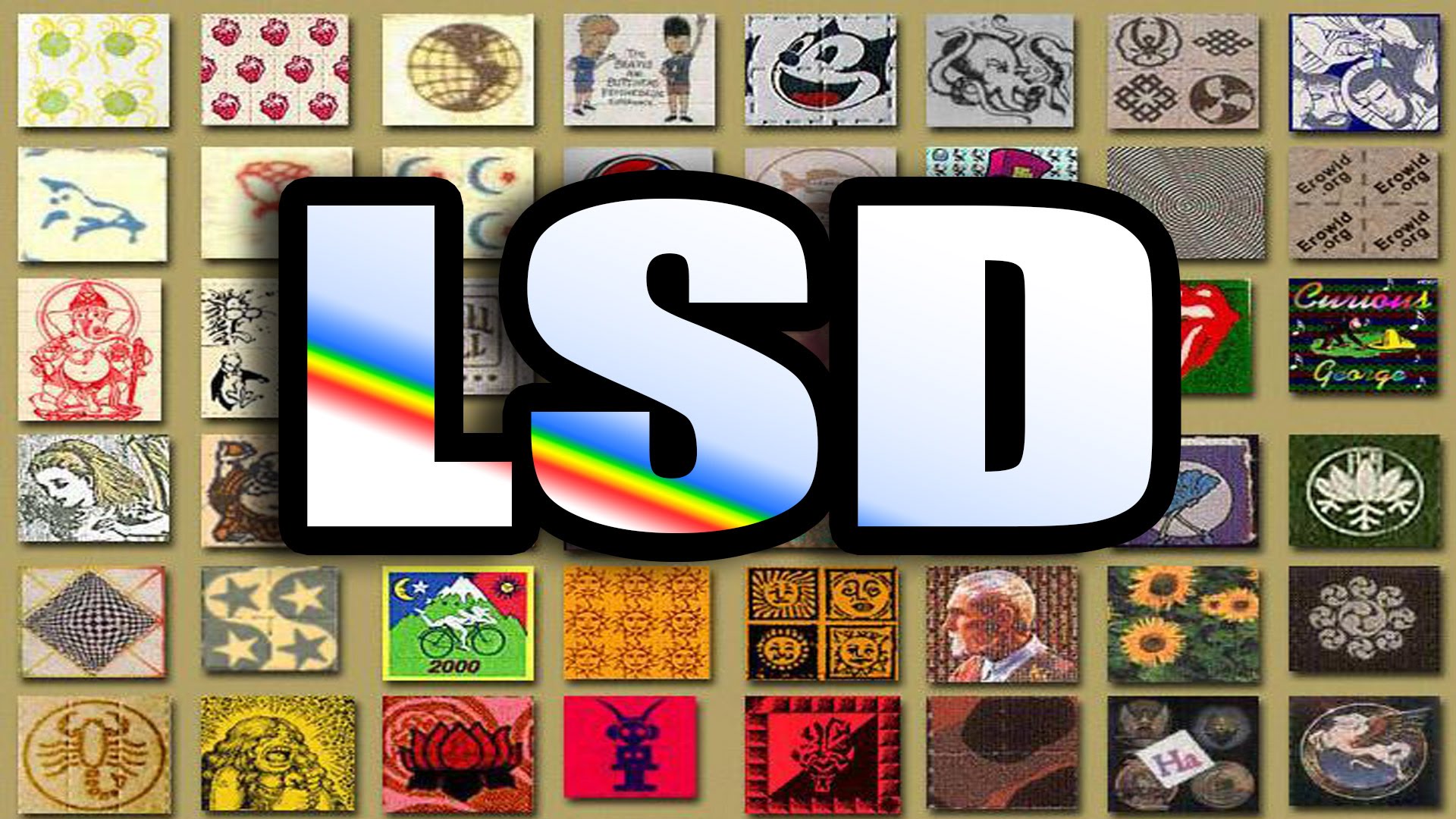
Bangladesh has 7 million drug addicts, ‘over half of them are addicted to yaba’
Bangladesh has at least 7 million drug addicts and 5 million of them are hooked on yaba pills, according to people familiar with the situation.

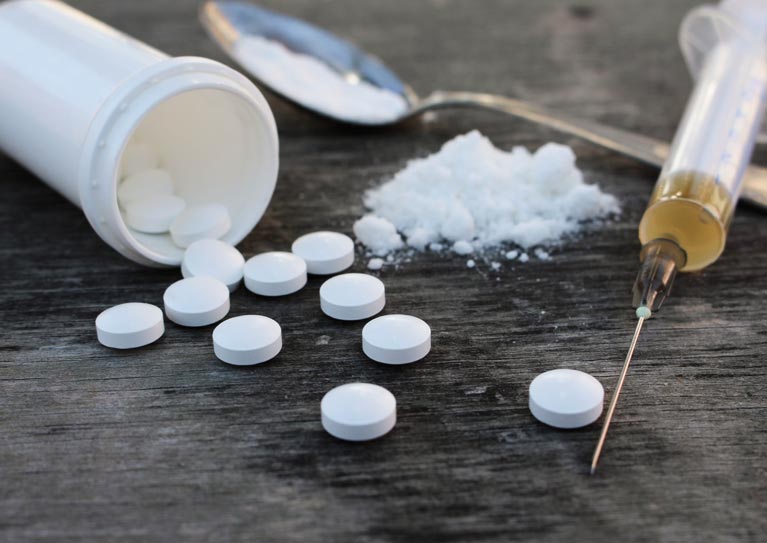
The social acceptance of drinking can make alcohol addiction hard to spot. Despite its legal status, alcohol’s potential for abuse opens users up to many health risks and possible addiction.Alcohol abuse has numerous negative consequences. In addition to deaths from liver disease and alcohol overdose, drunk driving claims thousands of lives every year.

Nicotine addiction may not appear as harmful as many other addictions. This is likely because tobacco products are legal and easy to get, and the worst side effects of abusing them take time to develop. Tobacco use claims more lives than any that of any other addictive substance. Many smokers cannot quit despite knowing smoking’s impact on their health. Wanting to quit but being unable to is a telltale sign of addiction.

Rates of cocaine addiction in the United States are dropping. The decline is slow, however, with an estimated 821,000 Americans still addicted as of 2011. Crack cocaine, which is cheaper and more intense than regular cocaine, is responsible for many crippling addictions and ruined lives.

Heroin’s severe withdrawal symptoms make beating a heroin addiction a difficult task. Treating heroin addiction typically requires a combination of therapy and medications to help manage symptoms of withdrawal and cravings.
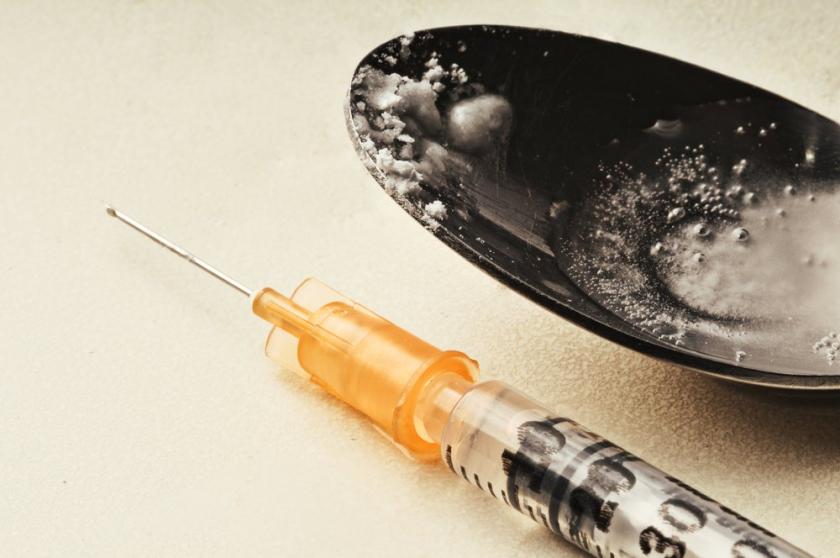
Painkillers’ prescription status does not mean they aren’t addictive. Addiction to painkillers can develop from seemingly harmless levels of use. Most patients who become addicted to prescription painkillers don’t notice they have a problem until they try to stop use. Painkillers are also abused without a prescription, which can also lead to an addiction.
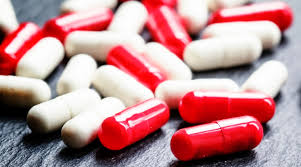
This drug impairs short-term memory and learning, the ability to focus, and coordination. It also increases heart rate, can harm the lungs, and may increase the risk of psychosis in vulnerable people. Research suggests that when regular marijuana use begins in the teen years, addiction is more likely: 1 in 6 users, compared to 1 in 9 among adults.

Valium is a commonly abused drug that requires a doctor's prescription to legally obtain and use. Valium abuse, if continued over a long period of time, will lead to tolerance of the drug. When this occurs, larger doses of Valium will be needed in order to produce the same effects. Additionally, Valium abuse can lead to physical dependence which means that withdrawal will occur when the Valium abuse is reduced or stopped suddenly and it can be very dangerous.
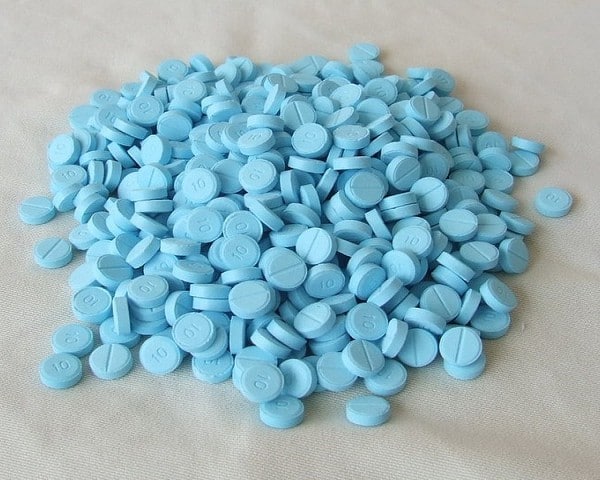
Percocet is a commonly abused drug that requires a doctor's prescription to legally obtain and use. If Percocet abuse takes place there is the potential for physical dependence and addiction. Those who abuse Percocet may try to enhance the euphoric effects, while at the same time increasing the risk for serious medical consequences, such as overdose.
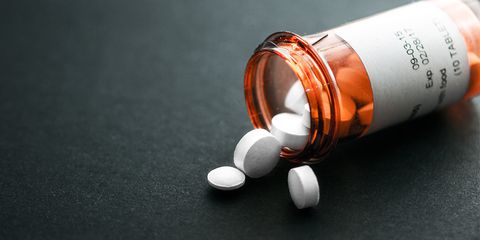
Adderall is a medication prescribed primarily for attention-deficit/hyperactivity disorder (ADHD).Adderall abuse occurs in several ways: taking the medicine through a non-approved method like snorting,
taking the drug for reasons other than medical need, such as to stay awake for long periods of time,purchasing the drug from an illicit source for recreational use.
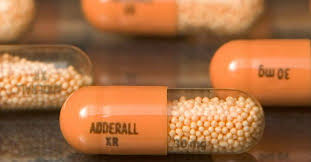
Club drugs tend to be used by teenagers and young adults at bars, nightclubs, concerts, and parties. Club drugs include GHB, Rohypnol®, ketamine, MDMA (Ecstasy), Methamphetamine, and LSD (Acid).
